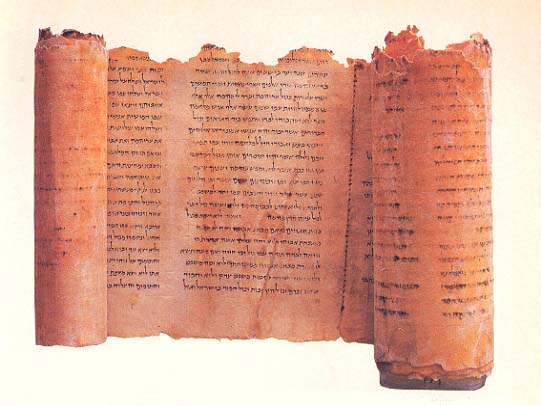Image Details

Courtesy Yigael Yadin
Found in Cave 11 at Qumran, the Temple Scroll has been understood to be the Torah (law) of the Essene community, the Jewish community that lived in the area of the caves. This was Yadin’s conclusion. But Hartmut Stegemann, author of the accompanying article, disagrees. Only two copies of the Temple Scroll, one a mere fragment, have been discovered among some 800 manuscripts taken from the 11 Qumran caves, while other documents are represented by many copies (Deuteronomy, for example, has 25 copies). This and other clues lead Stegemann to argue that the Temple Scroll was not a specifically Essene composition, but was originally intended as a supplementary, sixth book of the Torah, equivalent to the five books of the Pentateuch, and not sectarian in any way.
